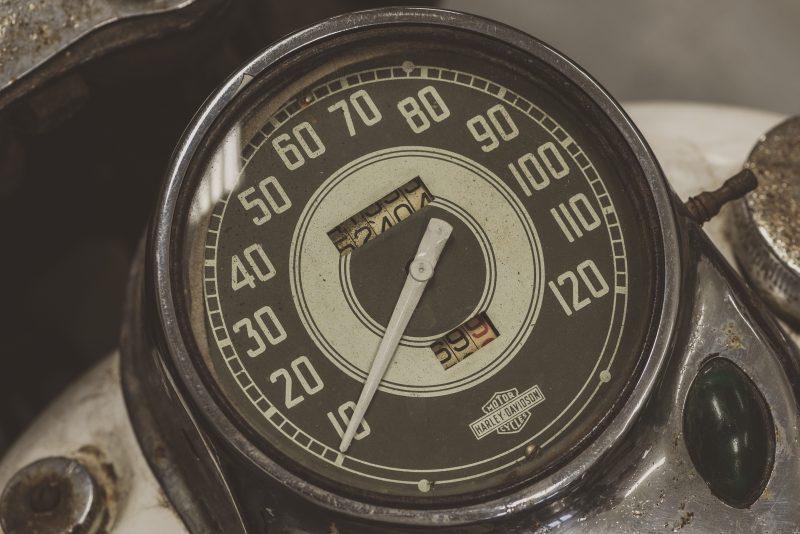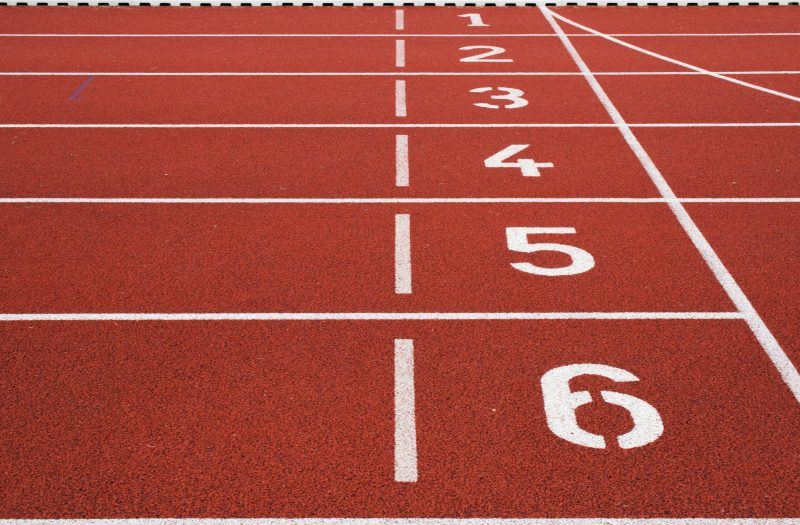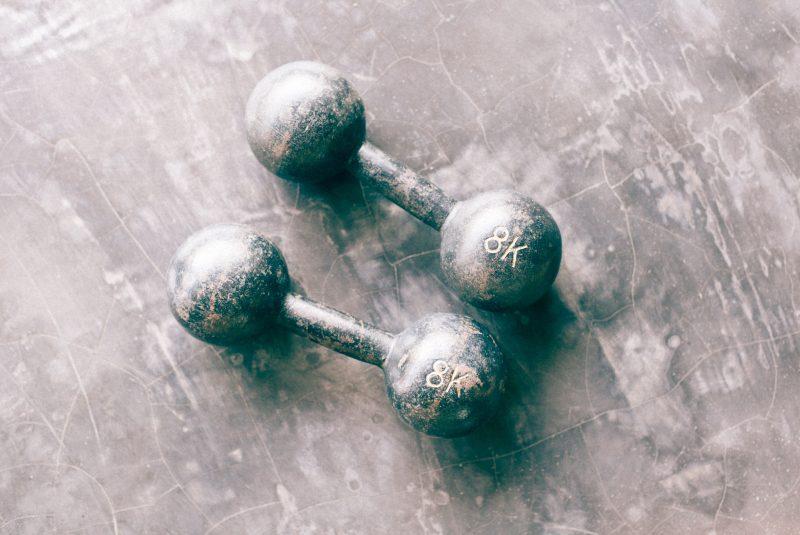As whitewater evolves paddlers are looking for ways to improve their performance on the water – so here are some ways to get you feeling better out on the river. Recently I wrote a post about diet, as your diet plays an essential role in your energy levels, performance and recovery. This second post is about strength training. I’m a newbie on this front but here are ten helpful tips on how to get started …
Strength training
Progress involves hard training and hard training involves pushing past previous barriers to new levels of performance. The benefits of strength training are great. Strength training can make you faster, tougher, more powerful, more agile, more coordinated, more balanced and more injury proof. It also helps strengthen joints and bones and improves your muscular endurance.
It can be pretty intimidating starting strength training if you don’t know where to begin. Here are my top ten tips to get you started:
- Start with your body weight
Bodyweight workouts can be an incredibly effective way to strength training. Pull-ups, push-ups and squats but you can also use tools like a TRX, dumbbells, medicine balls and resistance bands.

- Two days a week
A good way to get into a strength training plan is to start with one or two days for three weeks and possibly work your way up towards three days a week. Aim to complete just 20 minutes a session, then gradually add on time in 10 minutes increments until you are working for 60 minutes.
- Warm-up, prep your muscles before you start
A proper warm-up is important for an effective strength workout. I like to start by foam rolling my muscles to warm and wake them up followed by some dynamic stretches. A smart warm-up will help improve your speed, strength, endurance and flexibility. A well-rounded warm-up routine can help address underlying muscles imbalances and enhance your overall movement quality. An effective pre-workout routine includes dynamic stretching, which means you’re pretty much moving while getting your blood pumping and getting your muscles ready for your workout.
- Full-body workout
A full-body workout is often the way to go when starting. Full-body workouts maximise your caloric burn and get all your muscles working. A good way is to alternate an upper body exercise with a lower body exercise. This way the upper body has some time to recover while the lower body works. It’s also good to mix it up and aim for a balance between movements that feel like pulling, pushing and core.

- Repetitions and sets
When beginning a strength program it is best to keep things simple. Performing 10 repetitions and 3 sets per exercise is a good way to start. I like to pick four exercises and rotate through them until I complete the 10 repetitions and 3 sets. Then have a little breather and move onto the next four exercises. Ones you comfortable with 10 reps you can increase it to 12 or 15.

- Amount of weights
It can be challenging finding the right amount of weight that works for you at the beginning. My advice is to start small and slowly increase. Make sure you figure out the right posture before using the heavy loads. Basically try to go for a weight that feels heavy enough to challenge you, but not so heavy that you sacrifice your form. If you aim for ten reps, you should feel pretty fatigued when you hit the ten, but you want to be able to maintain for all three sets! If you can breathe easily through the reps and sets you can try increasing the weight.

- Get a routine
Stick to the same basic moves at the start to build a basic level of fitness and strength. Again, don’t try to over complicate things. I find it easier to have my routine written down. And you also can track your progress as you slowly can increase the weights for the same exercise.
- Post-workout stretch
Post-workout stretch is as important as your pre-workout warm up. It is a nice way to finish your workout and a stretch after your training can feel phenomenal. Stretching while your muscles are warm can help improve your flexibility and can also calm the nervous system. Opposite of the dynamic stretch for the warm-up, you want to use more static stretches to cool down. Static stretches are held in place for 20-30 seconds or five deep breaths.
- Refuel
After a workout, it is important to re-hydrate and refuel with carbs and protein. Carbs refuel your glycogen stores, which are your body’s main energy sources. Protein helps build and repair your muscles.

- Rest & listen to your body
The last, yet probably one of the most important parts of training is rest! It is alright to be a little sore and have tight achy muscles. When you do strength training, you damage tissue that will repair and help you build stronger lean muscles. Rest days are important in repairing and recovering those muscles. If you constantly break down muscle without a recovery period, you won’t give the muscles a chance to repair and come back stronger. But don’t skip training when you just a bit tired or sore! If on a scale of one to ten, with your pain and tiredness being well above a seven, you could possibly do with a rest day to recover and come back stronger. At the end of the day, you have to focus on how you feel and listen to your body.
Outdoors is our gym
